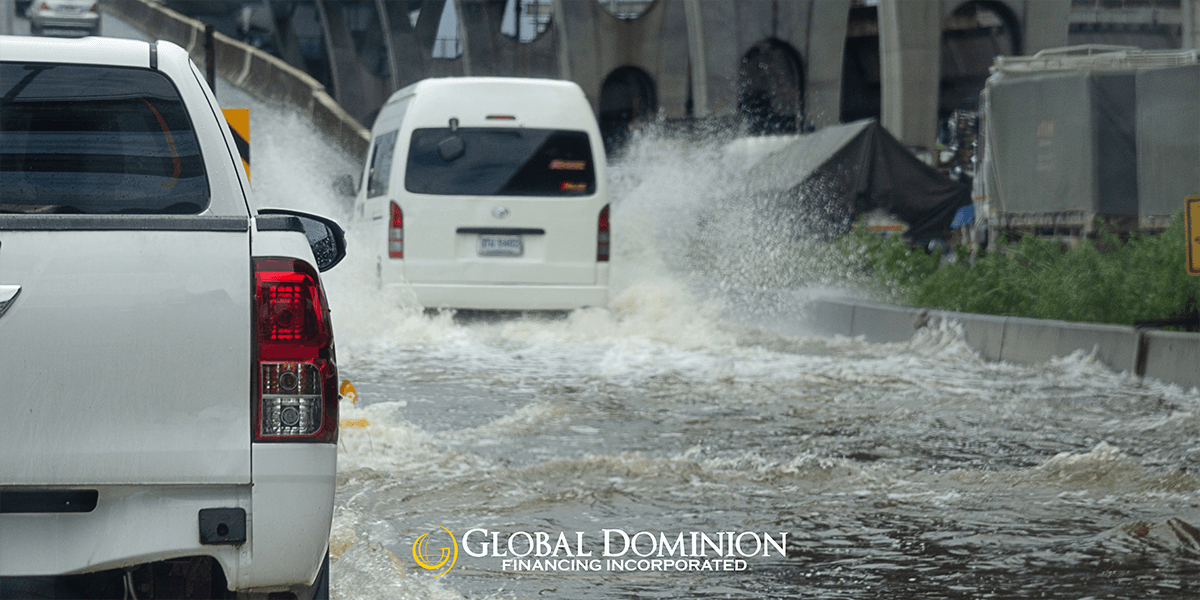Rain-Ready: How to Prepare Your Car for Rainy Weather

Car owners need to prepare their vehicles for the rainy weather by taking particular precautions, knowing that rain is expected to arrive in the area. Driving in the rain poses several challenges and even hazards, but with the right preparation, you can navigate the roads as safely and confidently as possible.
First off, your tires are your vehicle’s best defense against wet driving conditions. Keeping your tires in good shape can really help reduce the risk of hydroplaning and improve how your car handles slick roads. Make sure your tires have enough tread. While the legal minimum tread depth is 2/32 of an inch, it’s safer to have at least 4/32 of an inch when it’s rainy. You can check this with a tread depth gauge or even the penny test. Also, it’s crucial to keep your tire pressure just right. Underinflated tires don’t grip the road well and wear out faster, while overinflated tires have less contact with the road, making wet driving more dangerous.
Next up, being able to see clearly when it’s raining is super important. If your windshield wipers aren’t doing their job or you’re running low on washer fluid, it can really mess with your visibility. Make it a habit to check your wipers often for any streaking or squeaking sounds. And remember to swap them out at least once a year or if they’re not working well. Also, keep an eye on your washer fluid level and use one that’s meant for your weather to avoid any freezing or smudging issues.
Another thing to keep in mind is your lighting. Make sure your headlights are clean and working well. If any bulbs are burnt out, replace them right away. Also, double-check that your taillights and brake lights are working, so other drivers can see you clearly in low-visibility situations. And don’t forget to check your turn signals too, to make sure everyone knows where you’re headed.
Your brakes are your best friend when it comes to staying safe on the road, especially in the rain. Make it a habit to check your brake pads and rotors regularly. If your pads are worn out or your rotors are warped, your brakes won’t work as well as they should. Also, take a peek at your brake fluid now and then. If it looks dark or dirty, it’s time for a change to keep everything running smoothly.
Making sure you can see clearly is key, so don’t forget to defog your windows. Check that your defrosters and heaters are working well. Using anti-fog sprays or wipes on your windows can also help keep them clear. And when you’re on the road, having an emergency kit can be a real lifesaver. Fill it with essentials like a flashlight, first aid kit, blanket, and some snacks. Don’t forget to pack tools like jumper cables, a tire repair kit, and a spare tire. It’s also a good idea to bring along some rain gear like a poncho or umbrella, just in case you need to step out into the rain.
Finally, even with all the preparations, how you drive in the rain is crucial. Reduce your speed to maintain control and lower the risk of hydroplaning. Increase the distance between you and the car in front of you to allow for more reaction time. Whenever possible, avoid large puddles or standing water to prevent losing control or damaging your vehicle.
By taking all these steps, you can ensure your car is ready for rainy conditions. Proper preparation not only enhances your safety but also extends the life of your vehicle. So, be proactive, stay safe, and drive with confidence, even when the heavens open.





